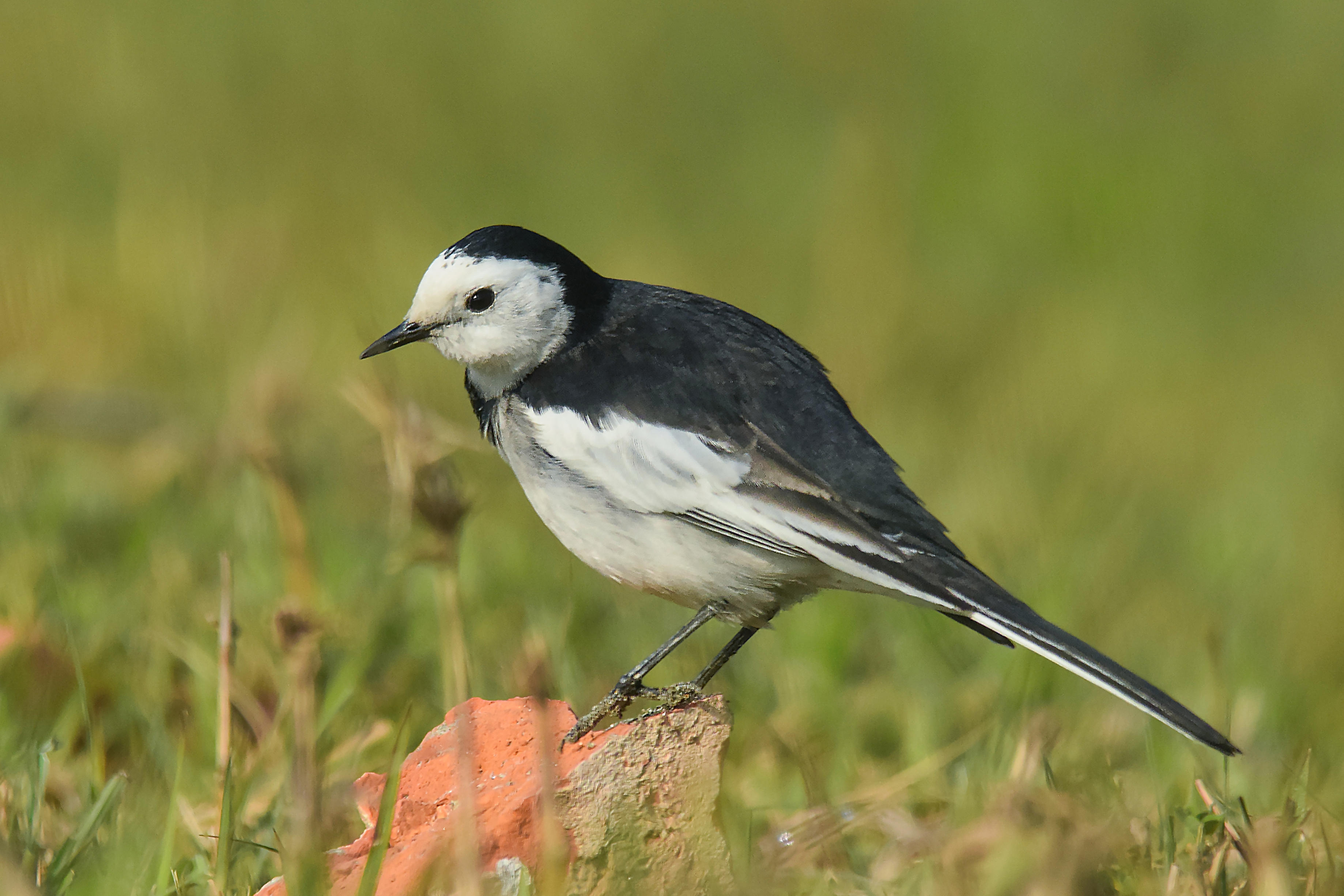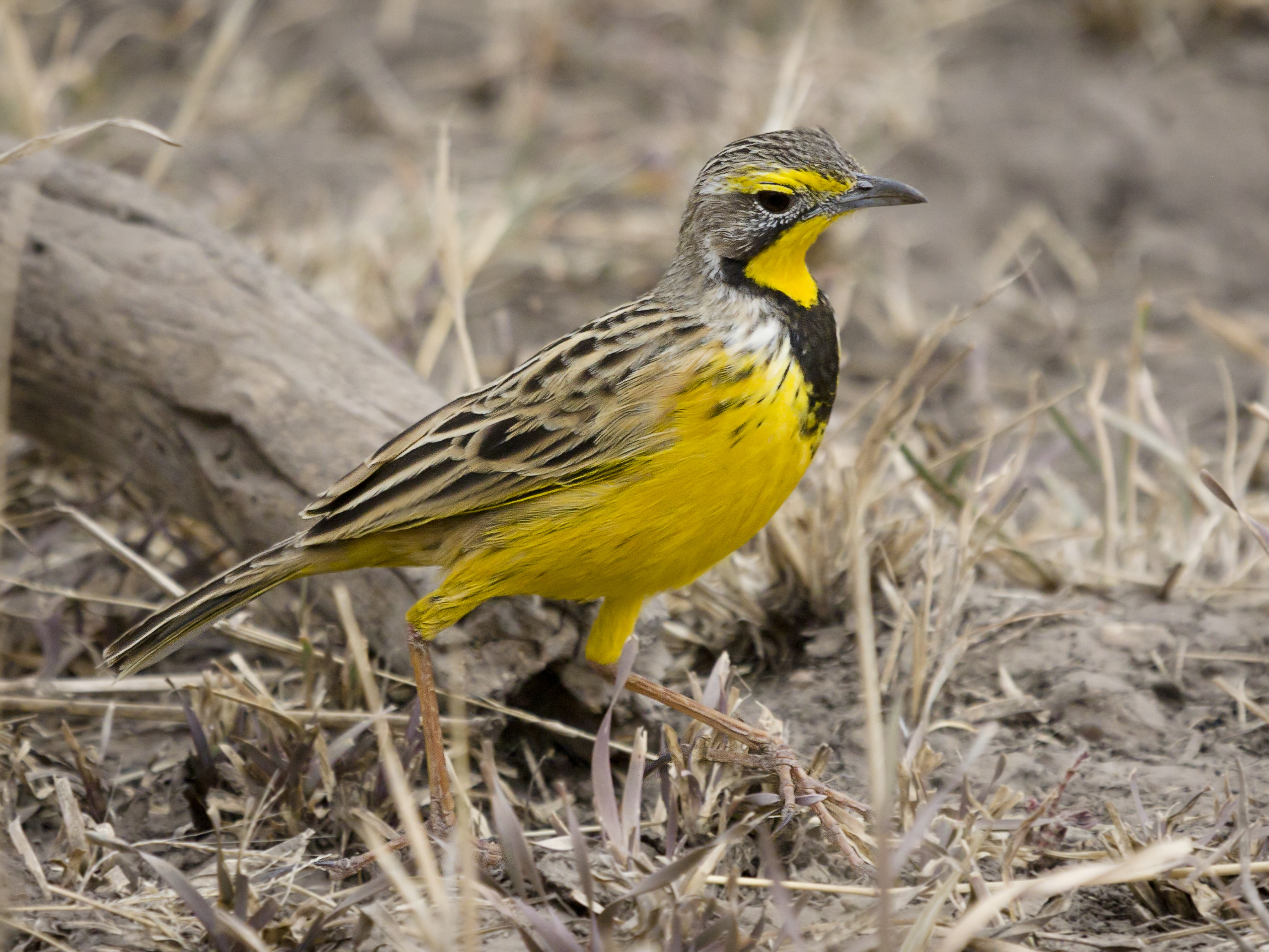|
Wagtails
Wagtails are a group of passerine birds that form the genus ''Motacilla'' in the family Motacillidae. The common name and genus name are derived from their characteristic tail pumping behaviour. Together with the pipits and longclaws they form the family Motacillidae. The forest wagtail belongs to the monotypic genus ''Dendronanthus'' which is closely related to ''Motacilla'' and sometimes included therein. The willie wagtail (''Rhipidura leucophrys'') of Australia is not a true wagtail; it was named as such by early settlers from England from its superficial similarity in colour and behaviour to the pied wagtail, but belongs to an unrelated genus of birds known as fantails. Taxonomy The genus ''Motacilla'' was described by the Swedish naturalist Carl Linnaeus in 1758 in the tenth edition of his ''Systema Naturae''. The type species is the white wagtail. ''Motacilla'' is the Latin name for the pied wagtail; although actually a diminutive of ''motare'', "to move about", fr ... [...More Info...] [...Related Items...] OR: [Wikipedia] [Google] [Baidu] |
White Wagtail
The white wagtail (''Motacilla alba'') is a small passerine bird in the family Motacillidae, which also includes pipits and longclaws. The species breeds in the Palearctic zone in most of Europe and Asia and parts of North Africa; it also has a toehold in western Alaska as a scarce breeder. It is resident in the mildest parts of its range, but otherwise migrates to Africa. In total, there are between 9 and 11 subspecies of ''M. alba''; in Ireland and Great Britain, the black-backed subspecies known as the pied wagtail (''M. a. yarrellii'') predominates. The white wagtail is an insectivorous bird of open country, often near habitation and water. It prefers bare areas for feeding, where it can see and pursue its prey. In urban areas, it has adapted to foraging on paved areas such as car parks. It nests in crevices in stone walls and similar natural and human-made structures. It is the national bird of Latvia and has featured on the stamps of several countries. It is listed as ... [...More Info...] [...Related Items...] OR: [Wikipedia] [Google] [Baidu] |
Forest Wagtail
The forest wagtail (''Dendronanthus indicus'') is a medium-sized passerine bird in the wagtail family Motacillidae. It has a distinctive plumage that sets it apart from other wagtails and has the habit of wagging its tail sideways unlike the usual up and down movements of the other wagtail species. It is the only wagtail species that nests in trees. It is found mainly in forested habitats, breeding in the temperate parts of east Asia and wintering across tropical Asia from India to Indonesia. Taxonomy The forest wagtail was Species description, formally described in 1789 by the German naturalist Johann Friedrich Gmelin in his revised and expanded edition of Carl Linnaeus's ''Systema Naturae''. He placed it with the wagtails in the genus ''Motacilla'' and coined the binomial nomenclature, binomial name ''Motacilla indica''. The specific epithet is from Latin ''indicus'' meaning "Indian". Gmelin based his account on "La Bergeronnette gris des Indes" that had been described in 1782 b ... [...More Info...] [...Related Items...] OR: [Wikipedia] [Google] [Baidu] |
Motacillidae
The wagtails, longclaws, and pipits are a family (biology), family, Motacillidae, of small passerine birds with medium to long tails. Around 70 species occur in five genus, genera. The longclaws are entirely restricted to the Afrotropics, and the wagtails are predominantly found in Europe, Africa, and Asia, with two species bird migration, migrating and breeding in Alaska. The pipits have the most cosmopolitan distribution, being found mostly in the Old World, but occurring also in the Americas and oceanic islands such as New Zealand and the Falklands. Two African species, the yellow-breasted pipit and Sharpe's longclaw, are sometimes placed in a separate seventh genus, ''Hemimacronyx'', which is closely related to the longclaws. Most motacillids are ground-feeding insectivores of slightly open country. They occupy almost all available habitats, from the shore to high mountains. Wagtails prefer wetter habitats than the pipits. A few species use forests, including the forest wagtai ... [...More Info...] [...Related Items...] OR: [Wikipedia] [Google] [Baidu] |
Willie Wagtail
The willie wagtail (also spelt willy wagtail), scientific name ''Rhipidura leucophrys'', is a passerine bird native to Australia, New Guinea, the Solomon Islands, the Bismarck Archipelago, and Eastern Indonesia. It is a common and familiar bird throughout much of its range, living in most habitats apart from thick forest. Measuring in length, the willie wagtail is contrastingly coloured with almost entirely black upperparts and white underparts; the male and female have similar plumage. Three subspecies are recognised; ''Rhipidura leucophrys leucophrys'' from central and southern Australia, the smaller ''R. l. picata'' from northern Australia, and the larger ''R. l. melaleuca'' from New Guinea and islands in its vicinity. It is unrelated to the true wagtails of the genus ''Motacilla''; it is a member of the fantail genus ''Rhipidura'' and is a part of a "core corvine" group that includes true Corvidae, crows and ravens, drongos and Bird-of-paradise, birds of paradise. Within ... [...More Info...] [...Related Items...] OR: [Wikipedia] [Google] [Baidu] |
Pipit
The pipits are a cosmopolitan genus, ''Anthus'', of small passerine birds with medium to long tails. Along with the wagtails and longclaws, the pipits make up the family Motacillidae. The genus is widespread, occurring across most of the world, except the driest deserts, rainforest and the mainland of Antarctica. They are slender, often drab, ground-feeding insectivores of open country. Like their relatives in the family, the pipits are monogamous and territorial. Pipits are ground nesters, laying up to six speckled eggs. Taxonomy and systematics The genus ''Anthus'' was introduced in 1805 by German naturalist Johann Matthäus Bechstein. The type species was later designated as the meadow pipit. The generic name ''Anthus'' is the Latin word for a small bird of grasslands mentioned by Pliny the Elder. Molecular studies of the pipits suggested that the genus arose in East Asia around seven million years ago (Mya), during the Miocene, and that the genus had spread to the Americ ... [...More Info...] [...Related Items...] OR: [Wikipedia] [Google] [Baidu] |
Longclaw
The longclaws are a genus, ''Macronyx'', of small African passerine birds in the family Motacillidae. Longclaws are slender, often colorful, ground-feeding insectivores of open country. They are ground nesters, laying up to four speckled eggs. They are named for their unusually long hind claws, which are thought to help walk on grass. There are only between 10,000 and 19,000 Sharpe's longclaw left in Kenya. The genus ''Macronyx'' was introduced by the English naturalist William Swainson in 1827 with the Cape longclaw as the type species. The name combines the Classical Greek Ancient Greek (, ; ) includes the forms of the Greek language used in ancient Greece and the ancient world from around 1500 BC to 300 BC. It is often roughly divided into the following periods: Mycenaean Greek (), Dark Ages (), the Archa ... words "long" or "great" and "claw". Species list The genus contains eight species: References External linksLongclaw videoson the Internet Bird Colle ... [...More Info...] [...Related Items...] OR: [Wikipedia] [Google] [Baidu] |
Passerine
A passerine () is any bird of the order Passeriformes (; from Latin 'sparrow' and '-shaped') which includes more than half of all bird species. Sometimes known as perching birds, passerines generally have an anisodactyl arrangement of their toes (three pointing forward and one back), which facilitates perching. With more than 140 families and some 6,500 identified species, Passeriformes is the largest order of birds and one of the most diverse clades of terrestrial vertebrates, representing 60% of birds.Ericson, P.G.P. et al. (2003Evolution, biogeography, and patterns of diversification in passerine birds ''J. Avian Biol'', 34:3–15.Selvatti, A.P. et al. (2015"A Paleogene origin for crown passerines and the diversification of the Oscines in the New World" ''Molecular Phylogenetics and Evolution'', 88:1–15. Passerines are divided into three suborders: New Zealand wrens; Suboscines, primarily found in North and South America; and songbirds. Passerines originated in the ... [...More Info...] [...Related Items...] OR: [Wikipedia] [Google] [Baidu] |
Siberia
Siberia ( ; , ) is an extensive geographical region comprising all of North Asia, from the Ural Mountains in the west to the Pacific Ocean in the east. It has formed a part of the sovereign territory of Russia and its predecessor states since the lengthy conquest of Siberia, which began with the fall of the Khanate of Sibir in 1582 and concluded with the annexation of Chukotka in 1778. Siberia is vast and sparsely populated, covering an area of over , but home to roughly a quarter of Russia's population. Novosibirsk, Krasnoyarsk, and Omsk are the largest cities in the area. Because Siberia is a geographic and historic concept and not a political entity, there is no single precise definition of its territorial borders. Traditionally, Siberia spans the entire expanse of land from the Ural Mountains to the Pacific Ocean, with the Ural River usually forming the southernmost portion of its western boundary, and includes most of the drainage basin of the Arctic Ocean. I ... [...More Info...] [...Related Items...] OR: [Wikipedia] [Google] [Baidu] |
MtDNA
Mitochondrial DNA (mtDNA and mDNA) is the DNA located in the mitochondria organelles in a eukaryotic cell that converts chemical energy from food into adenosine triphosphate (ATP). Mitochondrial DNA is a small portion of the DNA contained in a eukaryotic cell; most of the DNA is in the cell nucleus, and, in plants and algae, the DNA also is found in plastids, such as chloroplasts. Mitochondrial DNA is responsible for coding of 13 essential subunits of the complex oxidative phosphorylation (OXPHOS) system which has a role in cellular energy conversion. Human mitochondrial DNA was the first significant part of the human genome to be sequenced. This sequencing revealed that human mtDNA has 16,569 base pairs and encodes 13 proteins. As in other vertebrates, the human mitochondrial genetic code differs slightly from nuclear DNA. Since animal mtDNA evolves faster than nuclear genetic markers, it represents a mainstay of phylogenetics and evolutionary biology. It also permits tra ... [...More Info...] [...Related Items...] OR: [Wikipedia] [Google] [Baidu] |
Clade
In biology, a clade (), also known as a Monophyly, monophyletic group or natural group, is a group of organisms that is composed of a common ancestor and all of its descendants. Clades are the fundamental unit of cladistics, a modern approach to taxonomy adopted by most biological fields. The common ancestor may be an individual, a population, or a species (extinct or Extant taxon, extant). Clades are nested, one in another, as each branch in turn splits into smaller branches. These splits reflect evolutionary history as populations diverged and evolved independently. Clades are termed ''monophyletic'' (Greek: "one clan") groups. Over the last few decades, the cladistic approach has revolutionized biological classification and revealed surprising evolutionary relationships among organisms. Increasingly, taxonomists try to avoid naming Taxon, taxa that are not clades; that is, taxa that are not Monophyly, monophyletic. Some of the relationships between organisms that the molecul ... [...More Info...] [...Related Items...] OR: [Wikipedia] [Google] [Baidu] |





